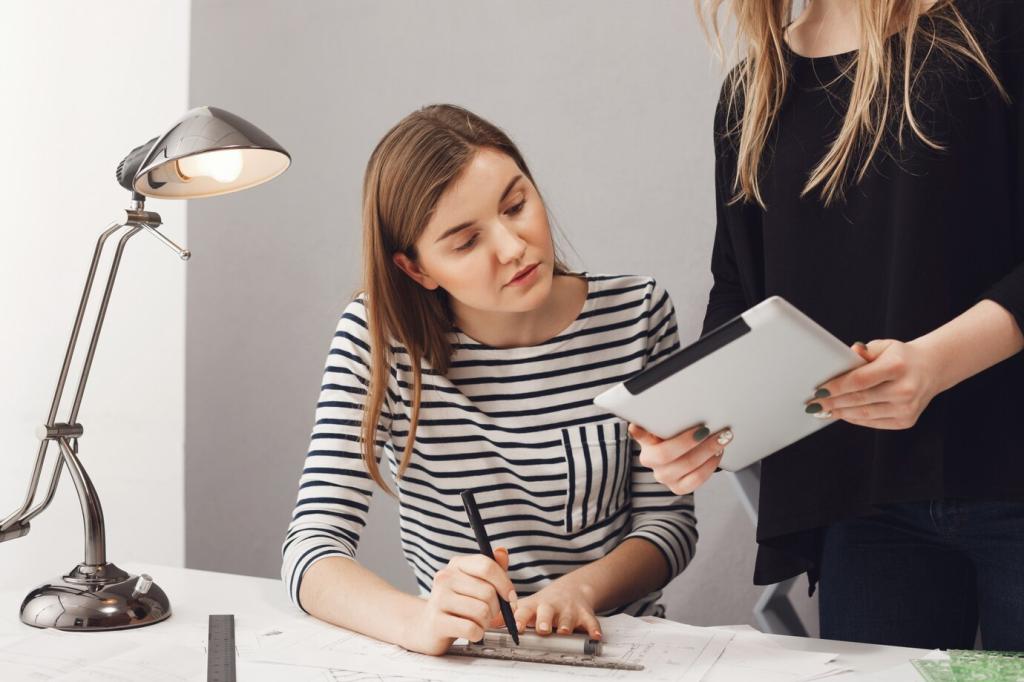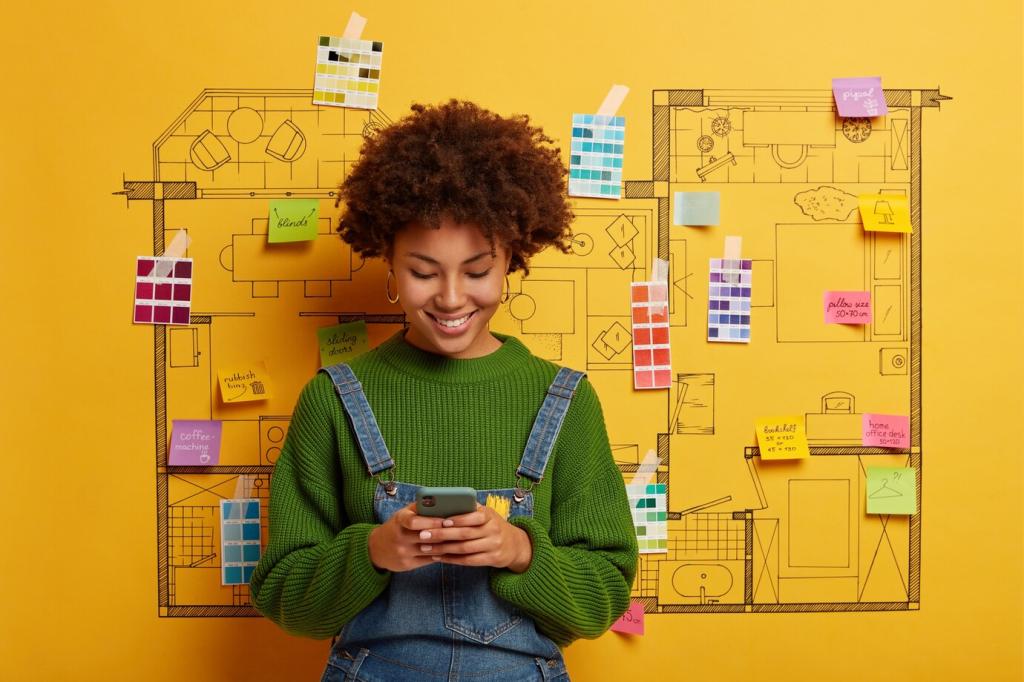From Screen to Space: Applying Minimalist Colors Everywhere
Use your base for backgrounds, a mid-tone for dividers, and the accent for primary actions. Keep states distinct with tinted neutrals and clear focus rings, so speed, comfort, and clarity meet on every screen.
From Screen to Space: Applying Minimalist Colors Everywhere
Lock templates with strict color roles: titles in charcoal, backgrounds in bone, highlights in accent only. This discipline builds recognition, making every post instantly yours without needing logos in every frame.




